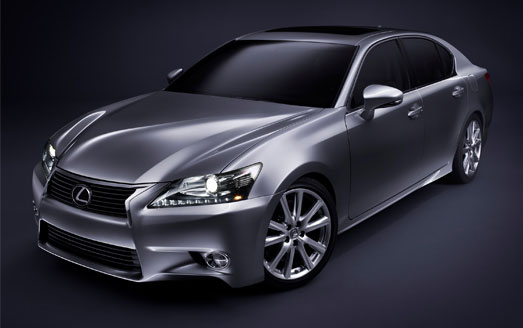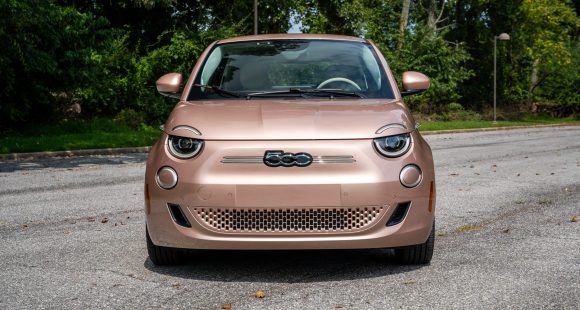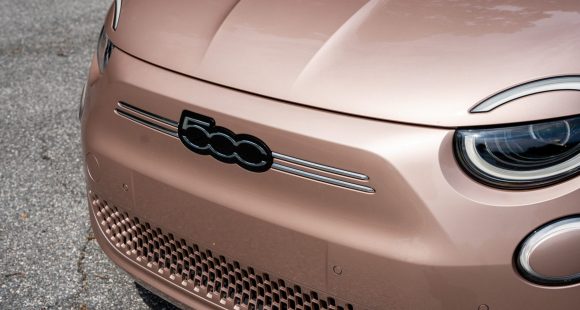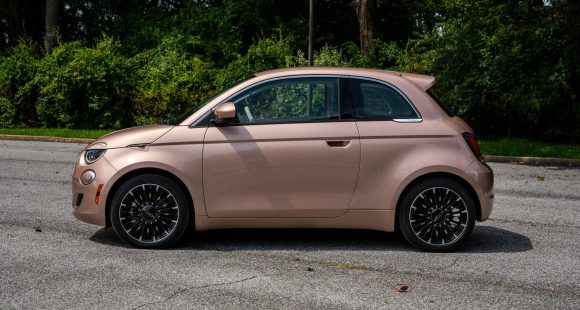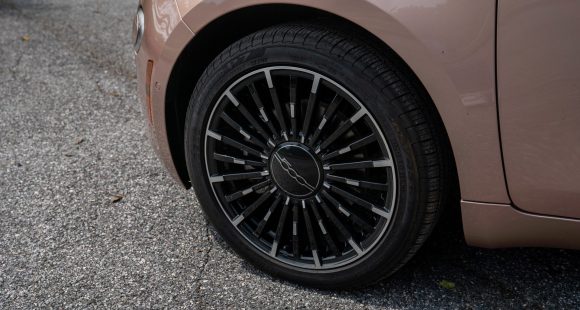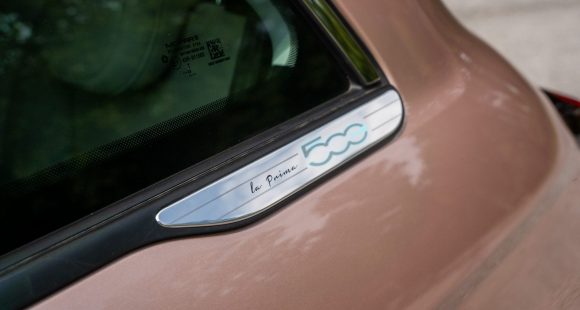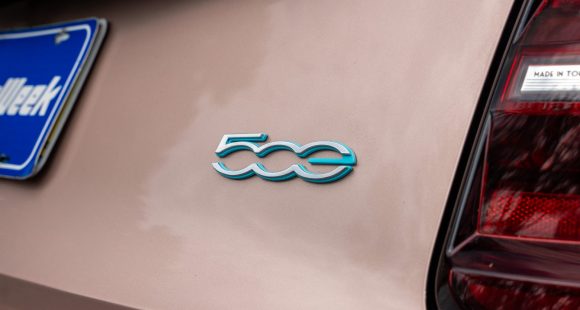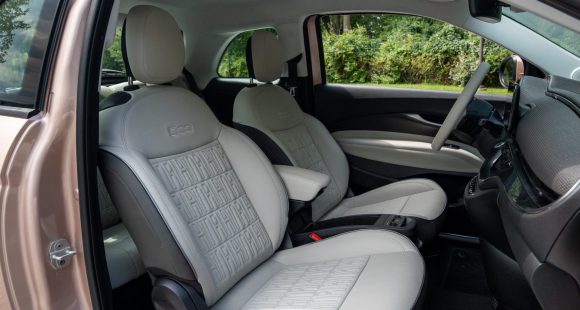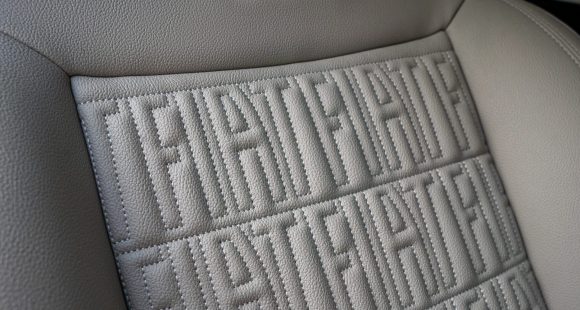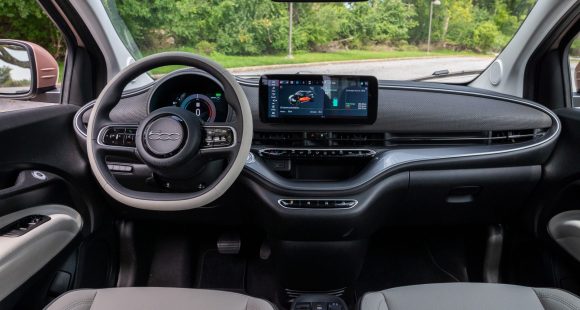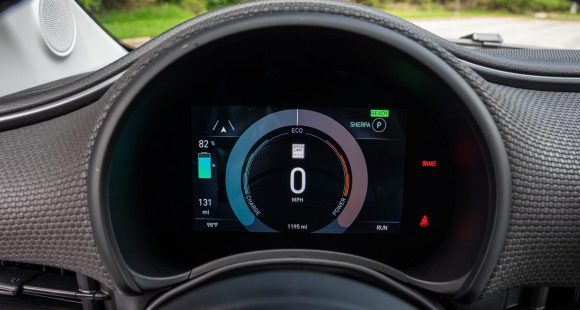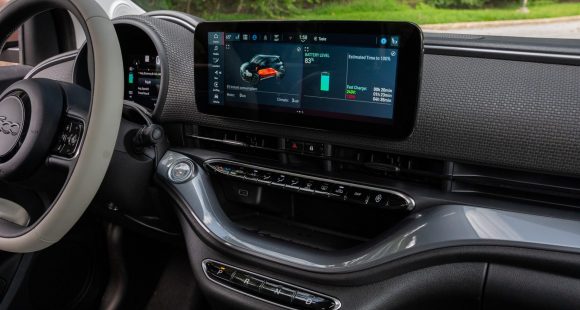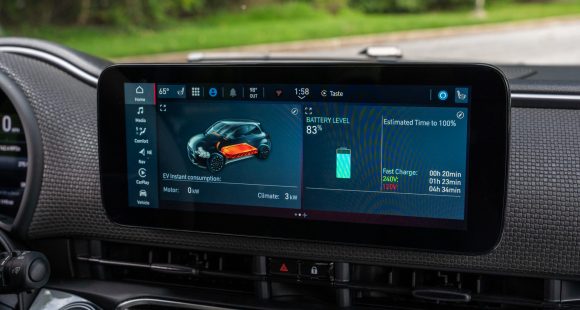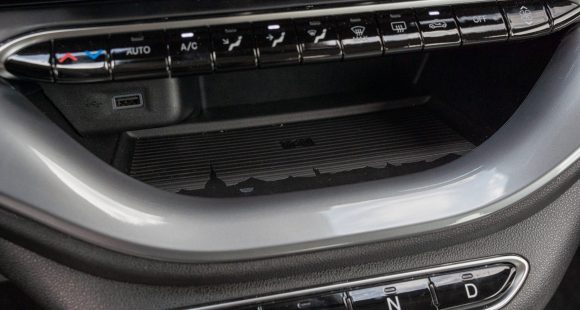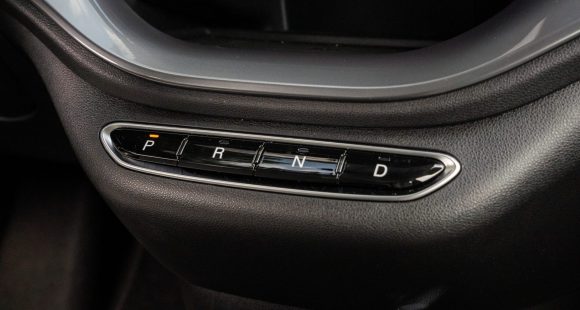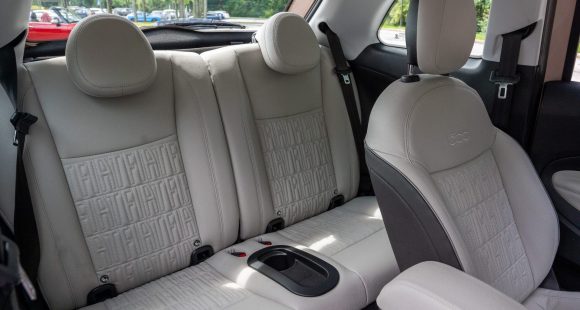2013 Lexus GS 350
Lexus is on a mission, to shed their image of building cars that are very luxurious and high tech, but boring to drive. First came the compact IS-F, than the exotic LFA, and now they’re turning their attention to a car with wider appeal, the mid-size GS sport sedan. So, is the latest GS a Lexus reborn?
With the fourth generation 2013 GS 350, Lexus does appear to break from their luxury-overload mold. Not that the rear drive GS has been a snoozer. Truth be told, the previous GS was already fast, and more entertaining to drive than most people gave it credit for. The biggest problem was electronic, with one of the most aggressive and intrusive stability control systems on the market that quickly kept you from having any real fun. So, the fix was more of a software one than hardware. Not that the hardware hasn’t changed.
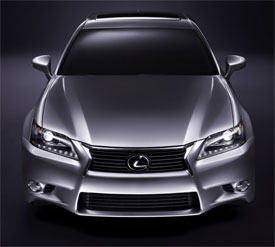 The 2013’s body and chassis are all-new. And, the sheet metal is undeniably more aggressive… at least from the front, with huge air intakes that widen towards the pavement, menacing HID headlights with LED running lights, and LFA inspired curves. In profile, the look is more familiar, with smooth sides and thick C-pillars, leading to a rear end that is tall with a trunk-lip spoiler, L-shaped tail lamps with lens mounted fins, and an aggressive lower fascia with integrated dual exhausts.
The 2013’s body and chassis are all-new. And, the sheet metal is undeniably more aggressive… at least from the front, with huge air intakes that widen towards the pavement, menacing HID headlights with LED running lights, and LFA inspired curves. In profile, the look is more familiar, with smooth sides and thick C-pillars, leading to a rear end that is tall with a trunk-lip spoiler, L-shaped tail lamps with lens mounted fins, and an aggressive lower fascia with integrated dual exhausts.
Feeding those pipes is a slightly revised 3.5-liter V6. Horsepower and torque are up marginally, to 306-horsepower and 277 pound feet; Lexus puts 0-60 at 5.7 seconds. There are no plans for a V8, but engineers added an Intake Sound Generator that sounds like one. The GS 450h Hybrid will boast 338-horsepower. A revised, paddle-shift 6-speed automatic is standard. New is drive-mode selector with ECO, Sport, and Sport Plus settings. All wheel drive is once again an option.
With all this, plus endless Lexus hype, we knew the GS would outperform its predecessor. But, on our first drive even we jaded journalists were impressed with the improved handling. This new found prowess still relies heavily on electronics however, mainly a new Adaptive Variable Suspension. To that, add Electric Power Steering, Dynamic Handling with Variable Gear Ratio Steering, Dynamic Rear Steering, and Vehicle Dynamics Integrated Management.
But, the most important difference for the new GS, is genuine feel and feedback, which in itself is game changing. Sure, even with the upgraded F-Sport Package, there are times when the car’s handling is not telegraphic, but also in un-Lexus-like fashion, you can turn all the electronic traction nannies off!
Looking around the inside of the new GS, its still classic Lexus, but with a nod to the best from BMW. High end leather abounds, with contrasting stitching on the dash. The wood and leather wheel features many controls, and can be heated. The Lexus remote touch central controller still manages most functions, but it now has a more convenient push-to-enter design. The optional nav system grows a hooded center screen from 8 to 12 inches. And, for as big as it is, it never seemed intrusive. Voice activation is included.
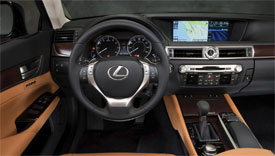 Gauges look 3-D with lighting that changes from ECO Blue to Angry Red in Sport Mode. Our GS Luxury was equipped with just about every amenity you could imagine, head-up display, blind spot monitoring, night vision, window shades all around, and comfortable, heated-and-cooled, 18-way power adjustable front seats. Even rear seat occupants get coddled with flip down armrest controls for heated seats, climate, and audio. Leg room is up thanks to redesigned front seats. The trunk is also roomier, due to a more compact rear suspension. Capacity is up to 14.3-cubic feet.
Gauges look 3-D with lighting that changes from ECO Blue to Angry Red in Sport Mode. Our GS Luxury was equipped with just about every amenity you could imagine, head-up display, blind spot monitoring, night vision, window shades all around, and comfortable, heated-and-cooled, 18-way power adjustable front seats. Even rear seat occupants get coddled with flip down armrest controls for heated seats, climate, and audio. Leg room is up thanks to redesigned front seats. The trunk is also roomier, due to a more compact rear suspension. Capacity is up to 14.3-cubic feet.
Government Fuel Economy Ratings haven’t been released yet, but estimates are 19-City and 23-Highway on Premium. Nor is pricing set, but when sales start in February, expect the GS 350 sticker to start about where it does now, near $48,000.
While the 2013 Lexus GS 350 is undeniably more capable and fun to drive, it still falls short of providing the absolute feedback of European and even American rivals. The F-Sport model is more serious; but outside of wheels, tires, and brakes even it relies mostly on electronics for its increased capabilities. We’re not saying that that’s wrong, but engineering “feel” is a lot harder than engineering “performance.” So, Lexus, the new GS is a big step in the right direction. Now, let’s take a few more.
Specifications
- Horsepower: 306
- Torque: 277 lb-ft.
- 0-60 mph: 5.7 seconds
- EPA: 19 mpg city/ 23 mpg highway
2024 Fiat 500e
Fiat’s Electric Car Is Also Fiat’s Only Car
EVs are coming in all shapes and sizes these days, but few have a more recognizable shape than this pint-sized Fiat 500e. After all, it first arrived on our shores more than a decade ago. Well, much has changed since then, and there’s an all-new, second-gen 500e now hitting the streets. So, let’s see if it can keep the Fiat brand relevant here in the U.S.
Fiat returned to the U.S. for 2012 with the cute and subcompact 500. Their lineup quickly expanded with several 500-based models, including the all-electric 500e. They even launched a Mazda Miata-based roadster, the 124 Spider. Who would have thought that 12 years on, the only one left would be that 500e? For 2024, it kicks off its 2nd generation here.
At least they left us with not just any 500e, but a La Prima 500e. According to Fiat, it is “Inspired by Beauty,” as one of four trims initially available. There’s also Inspired by Music, Inspired by Los Angeles, and (RED), in parentheses, representing Fiat’s commitment to helping fight global health emergencies. A Giorgio Armani Collector’s Edition is due in 2025.
Our Inspired by Beauty 500e came painted in Rose Gold, which we have to admit may not be beautiful to everyone. But, have no fear, there are plenty of other colors available, one of which we will be adding soon to our long-term test fleet. We actually love most everything else about the exterior of this charming character, boldly showcasing its Italian flair while bringing iconic 500e style and classic proportions to the electrified era.
And it’s quite fun to drive too. Not exactly on the MINI Cooper level, but it certainly has some of that go-kart vibe, with lots of weight down low in its wide and short platform along with quick steering that has you wanting to dart in and around traffic. There’s no lack of safety and convenience features packed into this tiny package. Automatic Emergency Braking and Lane Keep Assist are standard, and inside you’ll find plenty of charge ports and even wireless device charging and integration. There’s also some fine stitch work and subtle reminders of its provenance. Front seats are plenty spacious for even large adults. The rear seats? Well, except for little ones, you’d best just fold them down for added cargo room and think of this as a two-seater hatchback.
Light steering and minimal understeer had us zipping in and out of cones with ease, with the kind of playfulness and toss-ability you can only get in a small car.
The 500e’s single 87-kW motor powers its front wheels to the tune of 117 horsepower and 162 lb-ft of torque. A 42-kWh battery charges at a max rate of 85 kW, getting you to 80% in 35 minutes on DC fast charging; but charging to 100% on Level 2 only takes 6 hours, so you can easily charge it overnight at home. The 500e’s maximum driving range is rated at 149 miles, but with all-season tires it drops to 141. Not to worry, as we were on pace for 174 miles in our driving loop. And using just 29 kWh of electricity per 100 miles, the 500e is quite efficient.
It’s not fast by EV standards, but quicker than most combustion engine subcompacts, even spinning up the tires quite a bit at our Mason Dixon test track. We got to 60 in a pretty quick 7.9 seconds; but that was also where things started to taper off. Speedometer numbers were definitely building less quickly towards the end of the quarter-mile, but for a tiny car it felt plenty smooth and stable down the track. We finished the quarter-mile in 16.2 seconds at 84 mph. There are three drive modes including “Range,” where regenerative braking allows for smooth one-pedal driving.
The 500e felt even better in our handling course, light steering and minimal understeer had us zipping in and out of cones with ease, with the kind of playfulness and toss-ability you can only get in a small car. We found we could push incredibly hard before there was any intervention from stability systems. The only things less than perfect were a touch too much body roll, and the lack of bolstering in the seats to keep us from sliding around. Coming in just under 3,000 lbs., the 500e weighs less than many ICE cars on the road. And that was evident in our braking test, where distance averaged a short 99 feet; stops were straight, fade free, and with very little nosedive.
Perhaps the most gorgeous thing of all about this new 500e is its price tag before incentives, starting with the (RED) at $34,095; from there, Inspired by Beauty, Music, and Los Angeles all have unique features, and all sticker for $37,595. That’s an inviting on-ramp to the EV lifestyle highway, especially if you can catch a cheap lease, though with the limited amount of driving range we wouldn’t stay on there for too long.
But that just means the Fiat 500e is perfectly suited for city dwellers, short distance commuters, and anyone looking for a second car for daily errands that quickly “fills-up” at home every night. Everyone should make room for a little Italian flair in their life, and that’s the Fiat 500e– equal parts charming, quirky, and fun.
Specifications
As Tested
- Motor Setup: Single 87-kW Motor
- Battery Size: 42-kWh
- Horsepower: 117
- Torque: 162 lb-ft
- EPA Range: up to 149 miles
- 0-60 mph: 7.9 seconds
- 1/4 Mile: 16.2 seconds at 84 mph
- Braking, 60-0 (avg.): 99 feet
- MW Test Loop: ~ 174 miles
- Efficiency: 29 kWh / 100 miles




